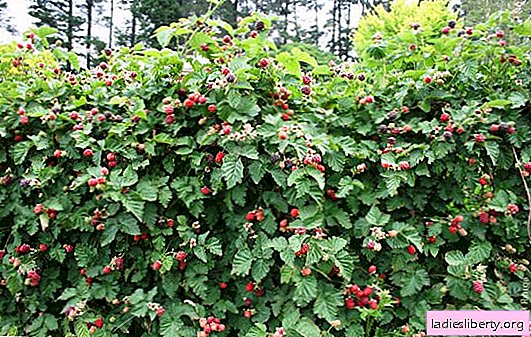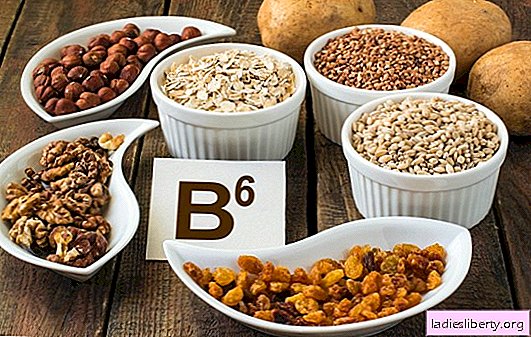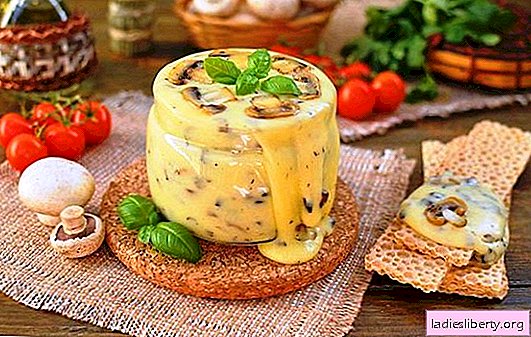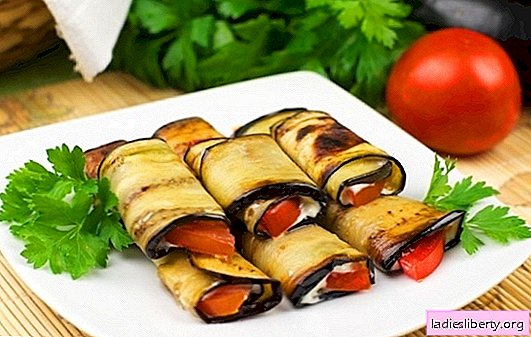
As you can guess from the name, ezemalin is a hybrid of raspberries and blackberries, which combines the properties of these berry plants.
In some varieties of hedgehog, signs of blackberry prevail, in others, raspberries.
Thanks to the efforts of breeders, it was possible to get an unpretentious high-yielding culture resistant to drought and frost.
An adult plant with long flexible stems and large berries gathered in a brush looks more like a blackberry.
Compared to raspberries, hybrids produce good yields.
Common varieties of Yezemalin
The first raspberry-blackberry hybrid, bred in the United States in the 19th century, was named "Logan's Blackberry" by the name of the breeder. Since then, there have been many varieties with different properties. There are varieties of ezemalin with erect and creeping stems, with and without thorns, with berries that differ in shape, color and taste.
The ripening of berries on the bush is uneven, fruiting can stretch for several weeks. Hybrids inherited from blackberry a good yield, disease resistance and large berries compared to raspberries. The berries of some varieties of Yezemalin in length can reach 5 cm.
Tyberry
Early ripe very productive grade. Shrubs are vigorous with creeping shoots dotted with small soft spines. Delicious fragrant berries reach 4 cm in length. As they ripen, they change color from red to red-violet. The main disadvantage of this variety is the qualities inherited from the blackberry - poor separation of ripe berries from the stem and frequent thin spikes on the shoots.

Yezmalin. Tyberry variety
Boysenberry
The American variety with creeping shoots is of two types - with and without thorns. The average size of berries is 5 cm, weight 10 g. Ripe berries acquire a cherry-brown color. They have a pronounced blackberry aroma, pleasant sweet taste with a slight acidity.
Loganberry
Plants of this variety have creeping, studless shoots of medium length. Berries of an elongated red-violet color with a sweet and sour taste ripen unevenly. Resistance to frost allows you to grow Loganberry in central Russia.
Texas
It is believed that the variety was bred by Michurin by breeding Loganberry seedlings. Creeping spiky shoots in length can reach 5 m. Large elongated berries when ripening acquire a dark crimson color. Winter hardiness and yield varieties are good. The disadvantages include long spikes on the shoots and poor separation of the stem.
Darrow
This variety has erect shoots reaching a length of 3 m. Due to its high frost resistance, it is suitable for areas with a cold climate. The berries are small red-violet in color with a pleasant sweet and sour taste. Productivity is high.
How to breed Yezemalin
There are several ways to reproduce hibiscus. Seed is least often used, because seedlings grown from seeds do not preserve the properties of parents. The following methods of reproduction are more common:
• root cuttings;
• root offspring;
• green and lignified cuttings;
• apical and horizontal layering.
For propagation of ezemalin with erect shoots, root cuttings are used. In spring, the roots are dug out of the ground. Roots with a diameter of 7 mm are best suited. Planting material is cut into cuttings 10-15 cm long and planted horizontally in prepared grooves.
Another simple and convenient way - rooting of annual shoots by the layering method, is used for varieties with creeping shoots. The easiest way to multiply Yezemalin is apical layers. In the spring, one of the climbing branches bends to the ground, its apex digs into the soil. Roots and new shoots grow from the kidneys that are found underground. After this, the young plant is separated from the mother bush.
Reproduction by the method of horizontal layering is as follows. Growing 30-35 cm shoots of Ezemalin are bent to the ground and placed in previously prepared small ditches, after which they are sprinkled with earth and regularly watered. In autumn, peat or sawdust is taken from above. In the spring, each shoot will produce 3-4 shoots. When they grow 10-15 cm, the layers are separated from the mother plant, cut into pieces and transplanted to a permanent place.

Reproduction of hedgehog with horizontal layering
Choosing a place and landing
Although the culture is unpretentious, but still, when choosing a place for planting a manpower, you need to pay attention not to some nuances. The site should be sunny or only slightly shaded. It is desirable that there is protection against cold winds. There should be no stagnation of moisture in the soil. Ezemalin prefers aerated, fertile soils.
Seedlings can be planted in spring or autumn. They dig holes 40 cm deep, pour a hill of earth at the bottom, put a seedling on it. The roots are carefully straightened, they fill the hole with the top layer of earth mixed with humus. When planting, it is not recommended to apply a lot of organic fertilizers - they can cause intensive shoot growth to the detriment of winter hardiness.
The seedling is planted to the same depth as it used to be, shortened to 25-35 cm, well watered, the ground under it is mulched with compost, humus or grass. When autumn planting is sure to shelter for the winter. Two years after planting, organic fertilizers begin to be used.
Ezemalin is a tall plant that needs support. The culture is grown in the same way as grapes - on a trellis. Each adult bush takes up a lot of space, therefore seedlings are planted at a distance of at least 1 m from each other. If there are several rows, then the distance between them should be 1.5-2 m.

Cultivating a manpower on trellis
Care for the manpower
On the trellis, several crossbars are made of wire. Young shoots are located on the lower wire in both directions from the center of the bush. Such a formation will further facilitate the task of winter styling. Fruiting branches in the shape of a fan are distributed on the upper crossbars. When the lashes reach a length of 2-2.5 m, you can pinch the tops. In autumn, the frigid branches are cut out, and the young are sheltered for wintering. In the southern regions, Yezemalin can winter without shelter.
In the middle lane, this culture must be covered to avoid freezing of the kidneys. Before the onset of frost shoots are removed from the support and laid on the ground. Flexible, elastic lashes are easy to shape, so bending them is not difficult. Top insulated with straw, leaves, spanbond or any other covering material. It is impossible to wrap too much, so as not to provoke an aging of the kidneys.
In the spring, when a stable plus temperature of 10 ° occurs, the shelter is removed, the lashes are lifted and distributed on the trellis. The earth under the bushes is mulched. Yezemalin does not require special care - watering as needed, garter of growing shoots. Proper placement is the key to a good harvest. With insufficient lighting, young shoots stretch out and obscure the fruiting ones. The quality and yield of berries decreases, plants are more susceptible to pests and diseases.











